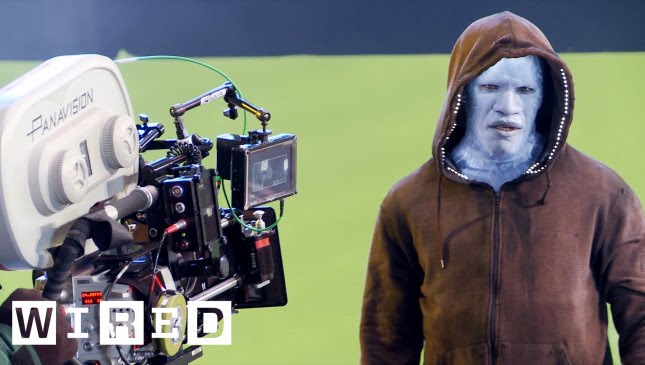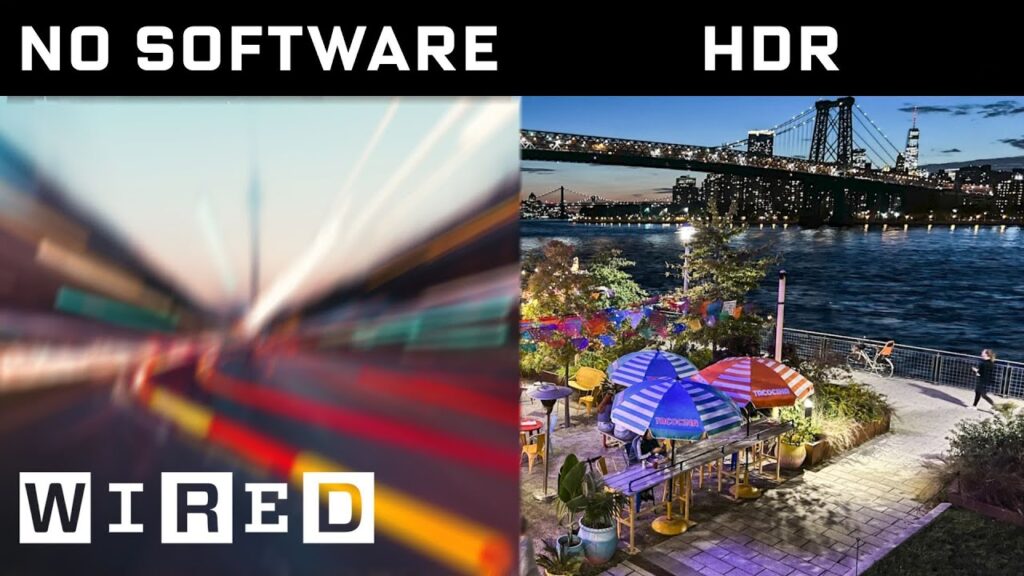Pinball: A History of the Game That Refuses to Die
Summary
In this article, we explore the rich history of pinball machines, from their origins in the French game of Bagatell to their current computerized versions. We discuss the controversy surrounding pinball, particularly during the time of Mayor LaGuardia, who made it illegal to manufacture them during World War II. We also examine the artwork on the back glass of pinball machines and how it has evolved over time. Finally, we express a preference for the original artwork and electromechanical versions of pinball machines, and predict a bright future for the game.
Table of Contents
- The Origins of Pinball
- The Controversy Surrounding Pinball
- The Evolution of Pinball Machines
- The Artwork on Pinball Machines
- The Future of Pinball
The Origins of Pinball
Pinball originated from the French game of Bagatell, which was played on a table with no flippers. The first pinball machines were made of wood and had no electronic components. Players would use a plunger to launch a steel ball onto the playfield, where it would bounce around and eventually fall into one of several scoring pockets. Pinball was considered a form of gambling until the introduction of flippers in the 1940s.
The Controversy Surrounding Pinball
Fiorello LaGuardia, the former mayor of New York City, destroyed 25,000 slot machines during his first year in office and also targeted pinball machines because they were associated with gambling. He believed that pinball machines were used by organized crime to launder money, and made it illegal to manufacture them during World War II. The ban on pinball machines was lifted in 1976, after a successful lobbying campaign by the Amusement and Music Operators Association.
The Evolution of Pinball Machines
Pinball machines have come a long way since their wooden frames and lack of electronic components. Today’s pinball machines are computerized and feature complex rulesets, multiple flippers, and interactive toys. Despite the abuse that the machines receive, they continue to evolve and remain interesting. The Pacific Pinball Museum, founded by Michael Schiess, has over 1,700 machines that span 130 years of pinball history.
The Artwork on Pinball Machines
One of the most striking features of pinball machines is the artwork on the back glass. This artwork has evolved over time, from simple designs to elaborate illustrations featuring popular movie and TV characters. While some people appreciate the licensed artwork, others prefer the original artwork that was created specifically for the pinball machine.
The Future of Pinball
While video games have surpassed arcade games in popularity, pinball continues to attract a dedicated fanbase. People enjoy the interactivity and social environment of pinball, as well as its tactile nature. The speaker in the video expresses a preference for creative pinball concepts over licensing movies or TV shows. They predict a bright future for pinball due to the potential for new innovations in gameplay utilizing gravity and the playfield.
Conclusion
Pinball is a game that has stood the test of time, despite the controversy and challenges it has faced. From its origins in Bagatell to its current computerized versions, pinball has evolved into a beloved pastime for many. As technology continues to advance, we can only imagine what new innovations will be introduced to keep this game alive and well.







